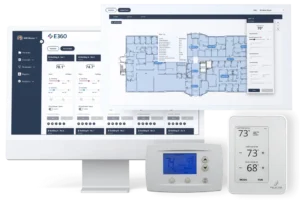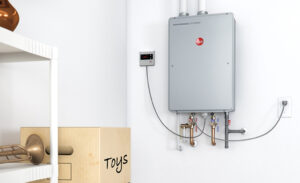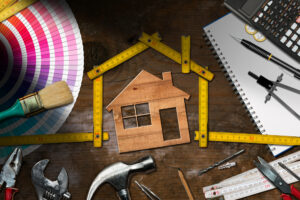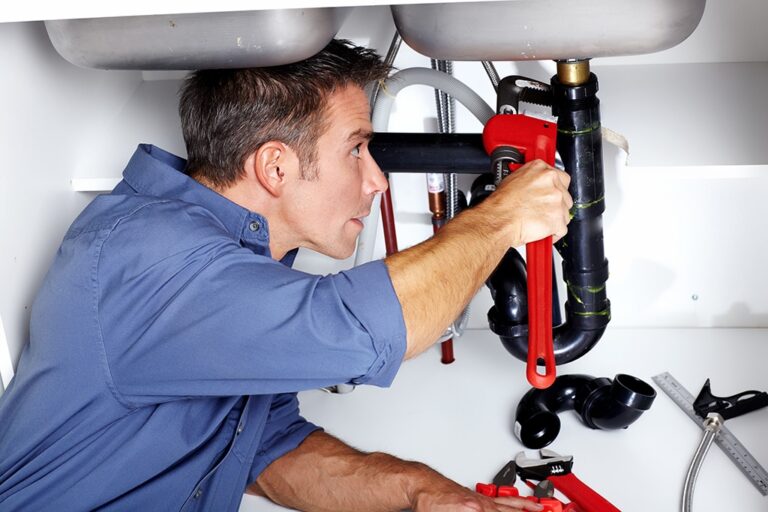Plumbing systems are essential to modern living, facilitating the smooth flow of water into and out of homes. However, despite their crucial role, plumbing systems are prone to wear and tear over time, and one of the most common and frustrating issues homeowners face is leaks. A plumbing leak, though seemingly minor at first, can lead to a cascade of problems if left untreated. From water damage to increased utility bills and potential structural damage, leaks can have far-reaching consequences. Understanding the causes, detection methods, and effective ways to repair plumbing leaks is essential for every homeowner to ensure their plumbing system remains in top condition.
This article will guide you through everything you need to know about leaks in plumbing, covering the causes, types, detection methods, and ways to handle them effectively.
Understanding the Causes of Plumbing Leaks
Plumbing leaks can occur for a variety of reasons. Some leaks are the result of poor installation, while others are caused by aging materials or external factors. Below are some of the most common causes of plumbing leaks:
1. Aging Pipes
As plumbing systems age, pipes can become brittle and prone to cracks or corrosion. Older materials, such as galvanized steel or cast iron, are particularly susceptible to corrosion over time. This is one of the most common causes of leaks in older homes, particularly in areas with high humidity or corrosive water.
2. High Water Pressure
Excessively high water pressure can put stress on pipes and joints, causing them to leak. Municipal water systems often maintain a standard water pressure, but fluctuations in this pressure can occur due to issues in the system. Water pressure that exceeds 80 psi is generally considered too high for residential plumbing systems, and this can lead to pipe rupture or leaks.
3. Frozen Pipes
In colder climates, frozen pipes are a significant cause of leaks. Water inside pipes expands when frozen, putting immense pressure on the pipe walls, which can lead to cracks or breaks. When the ice melts, the water begins to leak out, sometimes causing significant damage to walls, floors, or ceilings.
4. Improper Installation or Poor Workmanship
Sometimes, plumbing leaks are the result of poor installation practices or shoddy workmanship. When pipes are not correctly connected, or if fittings and seals are not properly tightened, they can begin to leak over time. Ensuring that plumbing is installed by a licensed professional can prevent these issues from arising.
5. Clogs and Obstructions
Clogs caused by debris, grease, or mineral deposits can create significant pressure within pipes, leading to leaks or ruptures. Blockages often occur in drain lines, but they can also affect water supply pipes if the pressure becomes too great.
6. Tree Root Intrusion
In homes with older piping systems, tree roots can sometimes invade underground pipes, causing cracks and leaks. As roots grow, they search for moisture, and when they infiltrate the pipes, they can block or damage them, leading to slow leaks and extensive damage to the plumbing system.
Identifying the Signs of a Plumbing Leak
Detecting a plumbing leak early can save homeowners a significant amount of time, money, and hassle. Some leaks are easy to identify, while others may be hidden behind walls, ceilings, or under floors. Here are the key signs that you may have a plumbing leak:
1. Increased Water Bills
One of the first indicators of a plumbing leak is an unexpectedly high water bill. If you notice that your water usage has remained the same but your bill has increased, it could be a sign that water is escaping from a leak somewhere in your plumbing system.
2. Visible Water Damage
Water stains, discoloration on walls or ceilings, or bubbling paint can be signs of a hidden plumbing leak. If you see signs of moisture on your walls or floors, it’s crucial to investigate further before the problem worsens.
3. Musty Odors
Leaks, particularly those in hidden areas such as behind walls or under floors, can lead to the growth of mold and mildew. A musty odor or the appearance of mold is a sure sign that there is a moisture problem, potentially caused by a plumbing leak.
4. Decreased Water Pressure
If you suddenly experience a drop in water pressure, it could indicate a leak in your plumbing system. The pressure drop is caused by water escaping through an opening in the pipes, reducing the overall pressure in the system.
5. Running Water Sounds
If you hear the sound of running water but no faucets are on, this could indicate a hidden leak in your plumbing. Sometimes, the sound of water running inside the walls can be heard, even when there are no obvious signs of leakage.
6. Puddles or Wet Spots
Small pools of water or damp patches around the house—particularly in areas like under sinks or around toilets—may indicate a leak in the plumbing. These could be localized leaks or signs of a larger, more serious issue.
How to Detect and Locate Plumbing Leaks
Once you suspect a plumbing leak, it’s crucial to identify its source. Detecting leaks early can prevent costly water damage and mold growth. Here are some methods for locating leaks:
1. Perform a Water Meter Test
One of the simplest methods for detecting a leak is using your water meter. To do this:
-
Turn off all the water in your house.
-
Check the water meter reading and wait for about an hour or two without using any water.
-
If the meter has changed, it indicates that there is a leak somewhere in your plumbing system.
2. Inspect for Visible Leaks
If the leak is visible, the process becomes simpler. Check under sinks, around toilets, and along visible pipes for signs of water or moisture. Tightening pipe connections or replacing worn-out seals can help stop small leaks before they escalate.
3. Use Thermal Imaging
For hidden leaks inside walls or floors, thermal imaging cameras can detect temperature differences caused by moisture. This method can help you locate the precise location of a leak without damaging walls or floors.
4. Hire a Professional Plumber
If the leak is difficult to locate or requires advanced equipment, it’s wise to hire a professional plumber. Plumbers use specialized tools like acoustic sensors, infrared cameras, and pipe inspection cameras to pinpoint hidden leaks without causing significant damage to your property.
How to Fix Plumbing Leaks
Once you’ve identified a leak, it’s time to take action. Depending on the severity and location of the leak, repairs can range from a simple fix to a more complex procedure. Here are some common ways to address plumbing leaks:
1. Tighten Connections
If the leak is coming from a loose pipe fitting or connection, tightening the joint may stop the leak. Use a pipe wrench or pliers to tighten the connection, ensuring the seal is secure.
2. Replace Broken Pipes
For pipes that are cracked or severely damaged, replacement may be necessary. In most cases, it’s better to replace the damaged section rather than trying to patch it.
3. Seal Small Leaks with Epoxy
For small cracks or holes in pipes, a plumber’s epoxy or pipe repair sealant can temporarily fix the leak. This is not a permanent solution, but it can hold the leak in check until the pipe can be fully replaced.
4. Call a Professional Plumber
In cases of major leaks, hidden leaks, or leaks in hard-to-reach areas, calling a professional plumber is the best course of action. They have the tools and expertise needed to perform repairs safely and effectively.
Preventing Plumbing Leaks
While leaks can’t always be prevented, there are steps you can take to reduce the risk:
-
Regular Inspections: Schedule annual plumbing inspections to check for potential issues.
-
Insulate Pipes: In colder climates, protect your pipes from freezing by properly insulating them.
-
Install Pressure Regulators: If your water pressure is too high, install a pressure regulator to prevent undue stress on your pipes.
-
Use Quality Materials: Always choose durable, high-quality pipes and fittings for your plumbing system to minimize the risk of leaks.
Conclusion
Leaks in plumbing are a common but often overlooked issue that can result in significant damage if not addressed promptly. By understanding the causes of leaks, learning to detect them early, and taking action quickly, you can avoid costly repairs and water damage. Whether the leak is due to aging pipes, high water pressure, or improper installation, identifying the problem and taking the right steps can save you time, money, and frustration in the long run. Regular maintenance and timely repairs will ensure that your plumbing system remains in good working order for years to come.
















